I recently received an email from a player asking for my views regarding using plastic shuttles over feather shuttles. The preceding article is basically my response with a few edits and additions…
A few years ago I wrote a number of articles regarding how incorrect shuttle speeds are killing badminton. These articles are still live on this website. So why did I write the articles and does the information and findings still hold true today? I wrote them because I was so appalled at what I saw in club badminton and how standards over the years have fallen. Sadly this is still happening in many clubs around the world, not just UK. It could be happening in your club today – have you checked?
There are too many clubs playing with incorrect shuttle speeds and the worst offenders are those playing with plastic shuttles. The difficulty with plastic shuttles is that you cannot vary the speed because of the construction of the shuttle. With a choice of just three speeds, it really is difficult for clubs to decide on which colour to play with. Generally the correct speed falls between two speeds of shuttle.
The other difficulty is that very few club members actually know how to test a shuttle correctly. I have recorded a video on my website to help club players understand what is considered legal within the laws of the game (see my video links at the end of this article). As a player, you should know the rules and play to them. After all, they are created for best enjoyment of the game.
My argument is that incorrect shuttle speeds de-skill the game.
A slow speed means it is easier to control the shuttle, easier to keep the shuttle in and easier to return a good players smash. Making the game easier is in fact kidding yourself. What you are doing is accepting that you do not need the correct level of skill to control the shuttle to keep it in, or to return a good smash. In my opinion this is bad for the game.
And, if we allow this to happen and teach junior players in the same vein, then what hope have we in terms of our future generation of badminton players? Our standards have fallen so much overall that England as a nation is becoming second rate with only the odd glimpse of triumph along the way.
The second concern of mine regarding slow shuttles is that players sub-consciously make changes to their hitting technique to give the shuttle an extra thump with the intention of generating more power to either hit a good length from the rear court with a clear, or to hit a reasonable smash. This in turn leads to injuries. I see more players with arm bands of varying sorts to help with their tennis elbow injuries as a result of poor technique and incorrect speed shuttles.
To take this one stage further, I see a greater percentage of players with these injuries as a result of using plastic shuttles over feathers because of the flight characteristics of a plastic shuttle. As the saying goes, you stroke a feather and thump a plastic.
To throw a further argument in here, it’s also because some players have excessive string tension for the type of shuttle they use, but that’s an argument for another day. However, it’s another cause of injury.
The difficulty for most clubs is the high cost of feather shuttles compared to plastic shuttles. But are you really taking into consideration the real costs? If more players are injured as a result of using plastic shuttles how much are they paying to have treatment at physiotherapists? Who pays for that?
Also, what is the cost of losing key players through injury to the club?
Additional phone calls have to be made to gather a team together. Who pays for that? Some players do not recover from these injuries and retire from the game. The worrying factor here is that this generally starts a downward trend in a club which could eventually lead to the demise of the club. Before the club reaches this point, what happens to fees to cover the shortage of members? And, who’s paying for that?
On the plus side, we all agree that plastic shuttles last considerably longer than a feather shuttle and therefore shuttle costs in clubs are relatively low. This can be the deciding factor whether the club continues and we all agree that we need more badminton clubs, not less.
So, why should a club consider changing to feather shuttles, what is the benefit and what should you look for in a good shuttle?
As I mentioned earlier, with a feather you should be playing badminton as it is meant to be played. Hopefully this will increase skill levels and provide a more enjoyable experience once adjustments have been made. Isn’t this what the game is about…an enjoyable experience? You will also find that shots have to be played correctly rather than allow the shuttle to bounce off your strings…a big difference!
Using feather shuttles could be a massive attraction for other members to join your club. This is turn increases revenues to cover for the additional cost of the shuttles.
What is most important here is to ensure players fully understand and can test a shuttle. Somebody needs to maintain strict records of shuttle usage because this is where the data highlights false economies from buying cheap. Before players use a feather shuttle, the whole tube should be tested for speed and consistency in flight. Cheaper shuttles tend to have a few that wobble or do not fly correctly. Most important, they can also have a variety of speeds rather than consistency so effectively you are paying for less than you are using…a false economy. Statistics will allow the club to buy wisely and therefore get excellent value for money shuttles.
I am not saying we should all buy the top brands and pay top prices – that would be foolish. However, regular readers to my website and forum know that I have tested a huge range of shuttles. I also dissect them to check the make-up of the base. Overall, I have found that you pretty much get what you pay for. Cheaper shuttles generally do not last as long as the more expensive shuttles and this is part of the statistical information which must be kept to make a sound decision over the choice of shuttles.
If your club was using 15-20 shuttles for a match and compared to a more expensive shuttle using say 12 then it is easy to work out the real cost of the shuttles in the match. This simple data makes all the difference between perception and fact, taking into account those that didn’t make the grade because they wobbled or were incorrect speed.
Whilst I have digressed a little, let’s close on this particular article and wait to hear from you…
Personally, when discussing the argument for and against plastic shuttles, it is important to ensure you weigh up all the costs and not just the price of a tube of shuttles. Badminton clubs around the country are struggling and this is due to dwindling numbers. Anything that can be done to attract, retain or prolong the number of players in a club has to be considered a good move. Anything that can be done to reduce injuries and make the game a more pleasurable one has to be good. Whilst I appreciate budgets are vital to sustainability in a club, I hope the welfare of all players is also taken into consideration, especially all the other things the organisers do which costs money…money the club should be paying and year in, year out, gets away with.
Links to watch my videos:
1) Testing Badminton Shuttle Speeds
2) Manually Adjusting The Speed Of A Badminton Shuttle (Tipping)



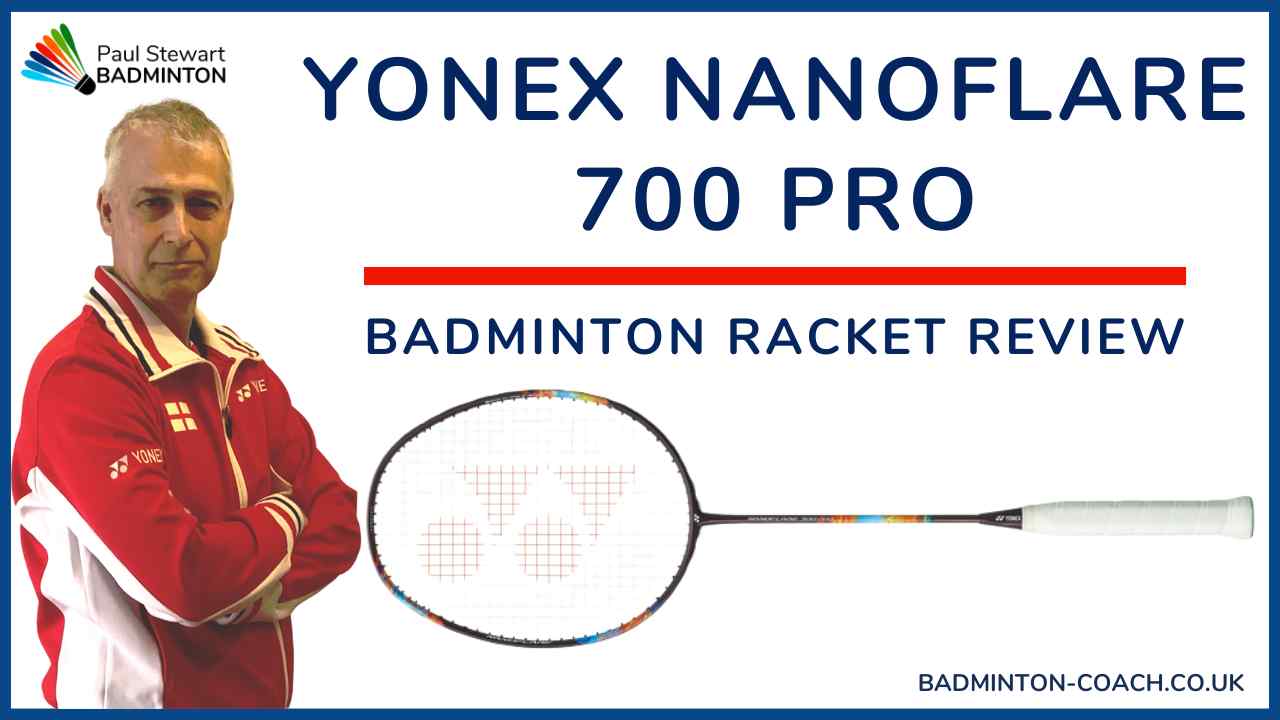
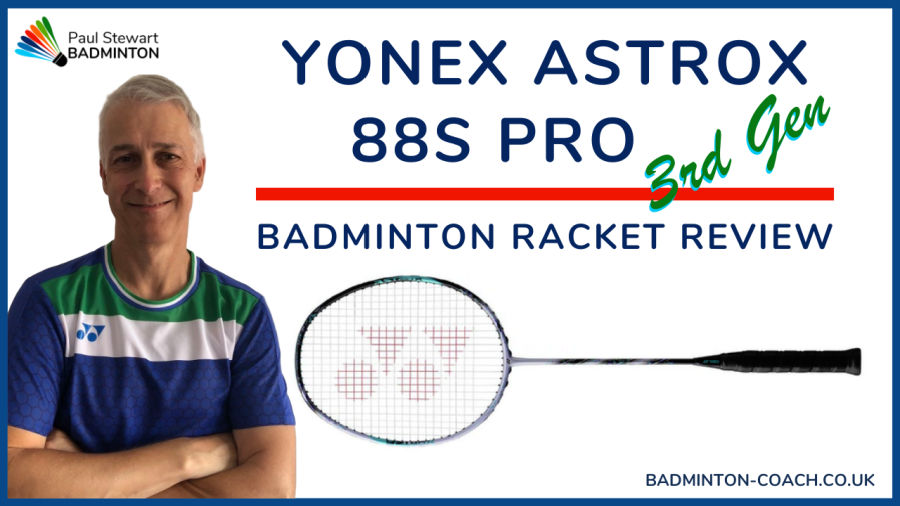


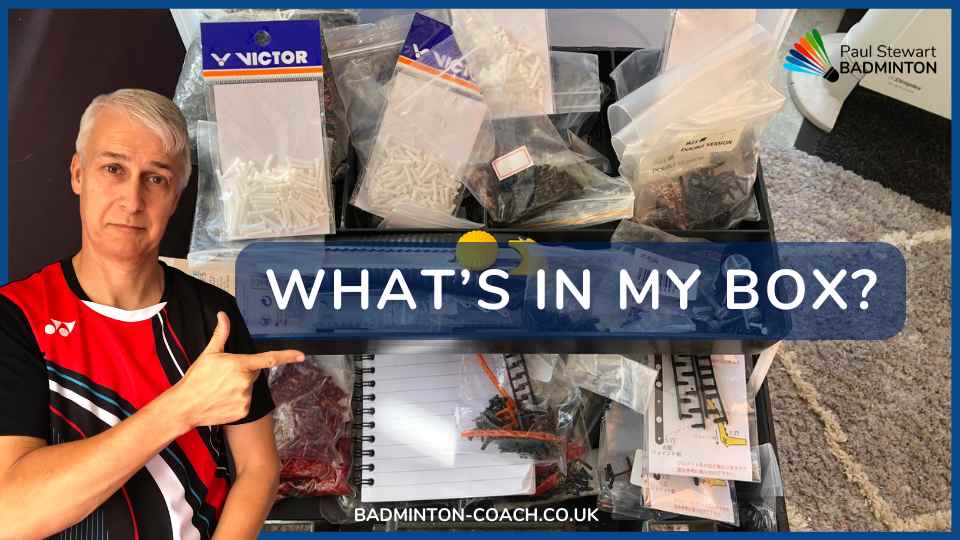

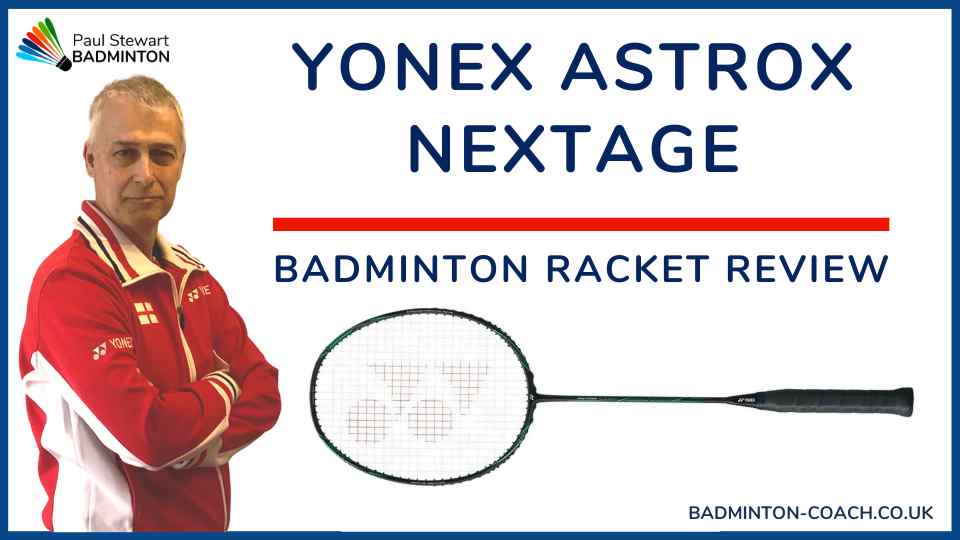

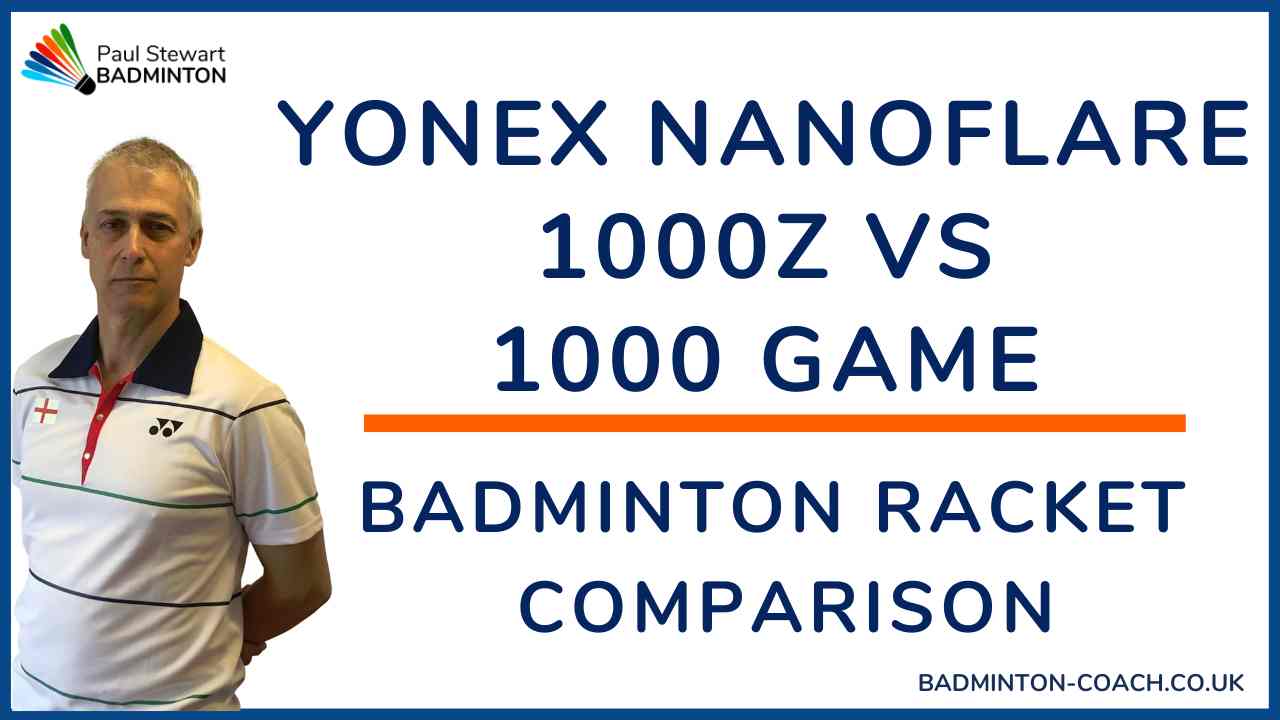
Hi Paul,
Great article as always. However I have to warn newcomers these days as now the top of the line plastic shuttles such as the bird2 shuttles and Mavis 2000s are a godsend for newer players. With flight speeds that are up to par with most of the mid-level feather shuttles, the more durability and cost make it a great economical decision. This however is foreshadowed by the use of feather shuttles in tournaments. For those who got all nervous and scared of plastic shuttles, don’t be! However, due caution should be taken when using lower quality plastic shuttles are still a pain the elbow for many in your average recreation center. Thanks for reading my rant and have a wonderful day!
I play feather and nylon shuttles. Playing nylon shuttles are another added expense. When I play nylon shuttles I use lower tension meaning I need to purchase extra racquets. Also I need to re-string the racquets every month or so.
Hi Paul,
Do you recommend the Yonex feather shuttles or the Babolat feather shuttles?
Thanks,
Krishaa
Whilst i haven’t tested the Babolat shuttles properly, I have played with one and wasn’t impressed with the flight and feel. However, it’s unfair to Babolat to judge off one shuttle. That said, Babolar shuttles are used in all sanctioned tournaments in the UK that count for ranking points. I’ve heard so many complaints from players about these shuttles which isn’t good.
I have no issue recommending Yonex shuttles although some are going to be better than others. I coach at university and they use AS30. Sadly they haven’t lasted as long as I’d like to see but they are good and you so reliable.
I live in France, and which speed do you suggest for playing in winter? 77 or 78? Thanks Paul! I really like your blog!
the shuttle speed is dependent on the hall and therefore you need to test. From what I hear, in France speed 77 is used, however it may be worth having a tube of speed 78 for those cold days when the shuttle is wy too slow, even for tipping.
Thanks Paul for very useful information ,
I am playing badminton from last 10 years and found that feather shuttles are the best because it gives real pleasure of badminton game and i am sure every badminton player will agree with me, however , as mentioned by previous commenter’s , using feather shuttle in daily practicing will be a costly option. On other hand , Nylon shuttles are good substitute for daily practice but speed adjustment will be an big issues while you play in important tournament . I faced lots of difficulty during critical tournaments for making speed adjustment with feather shuttle.
Yonex Mavis blue could be a good option for daily practice.
And, Paul is absolutely right in all his shuttle reviews and comments: I can hardly name 2 shuttles that come close to the quality of Yonex feathers. All the rest are a waste of money. No, I am not sponsored. Cheers, ED
Easy one: I prefer (medium or high) quality feathers. However I prefer PLASTIC over crappy feathers ! Yonex 300 or 500 are good for recreational or beginners, I think.
Cheers, ED
Hello,
I agree with Paul on the issue of injury reduction. Moving forward however, badminton need an economical solution to the shuttles.
Badminton is a stinking expensive game (although, not the most expensive) when you factor in the shuttle cost. Advanced/ power players kills nylons like they kill feather anyway, so feathers are the obvious choice for them. Beginners to intermediate players would definitely benefit from a good quality nylon shuttle. Now, the real issue I think is the quality of the nylon shuttle. Taking Yonex Mavis 2000 as benchmark, I find the flight is good, but the weight is a killer. If yonex or any manufacturer could make these shuttles lighter, close to feathers, then I think the case for nylon shuttle will be much stronger than it is today. Most people can sacrifice the feel of the hit, but the injury that is sustained after prolonged play is a definite turn off for plastic shuttles. Until then, I have to reluctantly get poorer every time I purchase 10 dozen shuttles.
Hi Paul,
This is my first time posting on this site. Great site…lots of information available. I having been reading your racket reviews…wonderful and very precise.
With respect to this article…do agree that Feather shuttles provide the best flight and the best games. However economy matters in India and people do not want to invest in feather shuttles.
I have started (rather restarted) playing badminton after a gap of 19 years and now play exclusively with the Plastic shuttle. Even with the correct speed my training mates still further slow down the shuttle…they all have some sort of additional supports like tennis elbow support…
I have tried telling them to no avail. They forget that Badminton is also a game of control.
Regards,
Sanjay R
Sanjay
That’s a shame because your friends are really missing out on what this game is about.
Paul
Well said. My wife and I use plastic shuttles during our training sessions but, as we have improved (and had the opportunity to play with feathers) it has become extremely clear to us that there is no comparison!
Plastic shuttles work out at about £1.50 per shuttle whereas a decent tube of feathers costs around £2 per shuttle. Unfortunately, the feathers will only last a short while (less if you miss hit or badly slice them…) but the plastics will last several sessions. So as far as immediate financial impact is concerned, plastic offer better value for money.
But Paul is correct about the hidden costs. My wife suffers from tennis elbow which I believe is a direct result of training with plastic shuttles when we first started playing. As she has improved her technique her clears and smashes have become more effective – but only if we use feathers. If we use plastic then she needs to impart more force to get the shuttle to a good length – this causes her to over tighten her grip which in turn causes her arm to stiffen and leads to loss of control, loss of power to the shuttle and strain on the elbow through vibration and over exertion.
In my opinion there is no excuse for clubs not to use feathers. We attend lots of play as you play sessions and they all charge an additional fee for shuttles. Expensive maybe, but we get to play with feathers all the time. Most club players will be at an intermediate level or beyond and therefore understand the benefits of feathers and be willing to pay the extra.
Is there a place for plastic shuttles at club level? Maybe. If you run training sessions then possibly they are OK for doing some training drills where the focus is on footwork and racket technique rather than actually hitting the shuttle as you are trying to get them to move using the correct footwork pattern and with the racket in the right position. But for shot practice there is a strong argument that using plastic could be detrimental to player development.
Social play..plastic is fine..but be careful not to try and over hit!
One final comment…cheap feather shuttles are exactly what it says on the tin! I have had the misfortune of playing with some of them – given a choice I would rather play with plastics!
John
Thank you for your comments.
I tested the latest batch of Carlton shuttles recently. GT1 is their top shuttle and when I tested on 9 shuttles travelled the same distance! And these shuttles are top of the Carlton range. Wow!
With plastic shuttles the key is not to over-try. But so many players then begin throwing their should into the shot and before long they have shoulder injuries. I’ve seen it so many times.
Plastic shuttles alone do not cause injuries. But the combination of these, or any slow shuttle, married with poor technique and/or over-tight grip and racket strung too tight is virtually a sure thing for getting an injury.
Paul
Wow indeed! Is this an issue with quality control or just a fact of life as companies reduce overheads/costs?
I am guilty of not checking shuttle speed all the time…but I can very quickly tell if a shuttle is too slow after a couple of hits!
By the way, just for completeness, I use a Yonex Nanoray 700FX (absolutely love this racket – does everything I need for my game) strung at 24lbs with BG80 and my wife uses a Li-Ning N60 also at 24lbs/BG80. We play mostly mixed or level doubles and she usually tries to dominate the net – so the extra tension is good for control shots at or close to the net. I am not a particularly big hitter and prefer to go for angle rather than out and out power. Using feathers makes a big difference to our play.
Buying some more Yonex shuttles this afternoon so will check them out.
Regards
John
I agree wit you Paul. I always played with feather in the late 80s and 90s in Malaysia and never once used plastic. I used to be able to do way more in terms of placement as well with lots of ease.
Now that I’m in Canada, the high school and the local clubs all use plastic and I do find that I have to adjust my hitting force to get the most of it and for some reason I can’t maneuver it as well! Maybe that’s just my technique…
I’m not sure if we are using mavis blue or green. Green being the slowest.